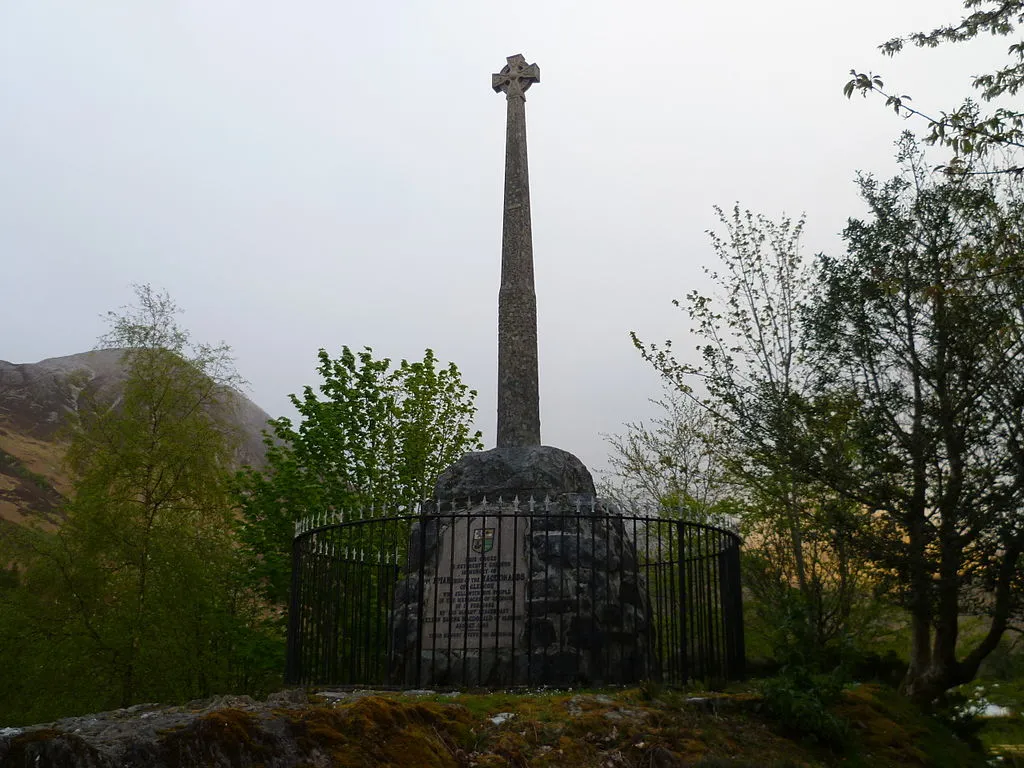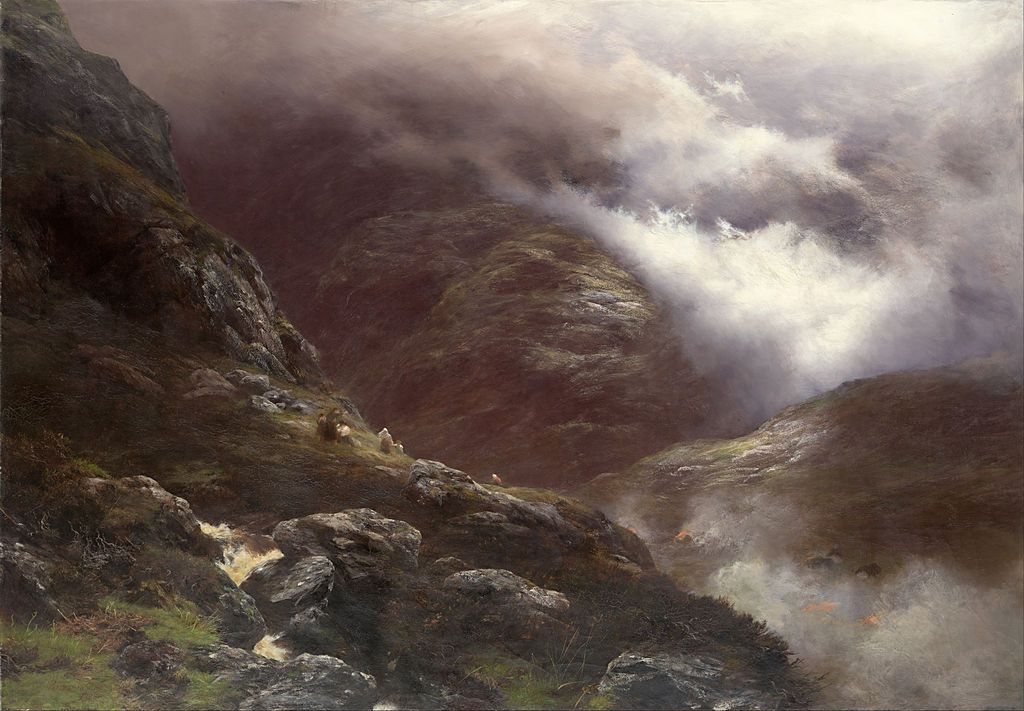Archaeologists Are Excavating Site of Scottish Massacre That Inspired the ‘Game of Thrones’ Red Wedding
In 1692, members of the Campbell clan turned on their MacDonald hosts, killing at least 38 men and sending women and children fleeing into the hills
/https://tf-cmsv2-smithsonianmag-media.s3.amazonaws.com/filer/c5/34/c5348260-8431-4e23-bfd6-f22b07f05246/_88236589_turf_1.jpg)
Scottish archaeologists are conducting large-scale excavations of settlements associated with the Glencoe Massacre for the first time in the site’s history. The brutal 1692 attack is cemented in Scottish history as an unprecedented breach of the Highlands’ culture of hospitality, but to the wider world, the broad strokes of that February night are best known—albeit in slightly revised fashion—through George R.R. Martin’s A Song of Ice and Fire saga and its accompanying television adaptation, “Game of Thrones.” The bloodbath in question? What else but the infamous “Red Wedding” massacre.
In Martin’s fictional world, the massacre follows a broken promise—namely Robb Stark’s decision to marry for love rather than fulfill his pledge to marry one of Lord Walder Frey’s daughters. As a result of this decision, a bevy of characters associated with House Stark are murdered by their hosts in the aftermath of a wedding ostensibly arranged to cement an alliance between the two families.
The real 1692 massacre was precipitated by centuries of clan infighting and a belated pledge of support to the newly ascended English monarchs, William and Mary.
According to the Scotsman’s Alison Campsie, MacDonald clan chief Alistair McIain had set out to sign an accord stating his support for the new king but was delayed after mistakenly traveling to Fort William rather than directly to Inverary, a Campbell seat located an additional three days away. Ultimately, McIain missed the king’s deadline by six days, but received assurance that the certificate would still be considered valid. He suspected nothing, therefore, when soldiers led by Captain Robert Campbell sought shelter with his clan, which was based in the Highlands hamlet of Glencoe.

For nearly two weeks, the 100 or so soldiers lived amicably alongside the MacDonalds. Then, on the night of February 13, the Campbells infamously turned against their hosts, massacring men in their beds and forcing women and children into the hills, where many quickly succumbed to the elements. By morning’s end, some 38 MacDonalds were dead.
By the king’s own order, the Campbells were told to “put all to the sword under seventy.”
“This is by the Kings special command,” the decree read, “for the good & safety of the Country, that these miscreants be [cut] off root and branch.”
According to the National Trust for Scotland, a conservation organization spearheading excavation efforts, the exact locations of late 17th- and 18th-century settlements linked with the Glencoe massacre were largely forgotten over the intervening centuries. But thanks to a map created by General William Roy between 1747 and 1755, researchers now have a better idea of where seven such sites were situated. Three of them—Inverigan, Achnacon and Achtriochtan—are located on lands owned by NTS.
Presently, Kenneth Macdonald reports for BBC News, archaeologists are currently focusing their efforts on Achtriochtan, a clachan (or small village) that housed some 40 to 50 men, women and children, as well as their cattle and crops, at the time of the attack.

Although little evidence of Achtriochtan survives today, NTS archaeology head Derek Alexander tells Macdonald the team hopes that ongoing excavation work will lead to a clearer portrait of a specific Achtriochtan structure’s layout. Already, he and his colleagues have unearthed three houses, several barns and a grain-drying kiln. Interestingly, some of the team’s finds appear to date to the 18th century, suggesting members of the decimated MacDonald clan returned to their hometown after the massacre, only to be driven out for good by the 19th-century introduction of sheep farming.
The archaeologists' findings will inform a full-scale replica dwelling at NTS’ Glencoe visitor center.
“This will allow visitors to experience first-hand a building from one of the lost settlements of the Massacre,” Alexander says in a press release.
Glencoe isn’t the only Scottish site linked with the Red Wedding: Mental Floss’ Stacy Conradt notes that a similarly bloody event, the “Black Dinner” of 1440, found the 16-year-old Earl of Douglas and his younger brother David invited to a feast allegedly hosted by Scotland’s boy king, James II. In actuality, the dinner was arranged by James’ advisors, who feared the growing influence of the so-called “Black Douglas” clan, and ended with both Douglas boys’ beheading on trumped up charges of treason. It’s worth noting that some historians doubt the details of this account, but as the Scotsman’s Mark Butler writes, the fact that the Douglas brothers met an untimely and likely unsavory end at the hands of the king’s allies is undisputed.
/https://tf-cmsv2-smithsonianmag-media.s3.amazonaws.com/accounts/headshot/mellon.png)
/https://tf-cmsv2-smithsonianmag-media.s3.amazonaws.com/accounts/headshot/mellon.png)